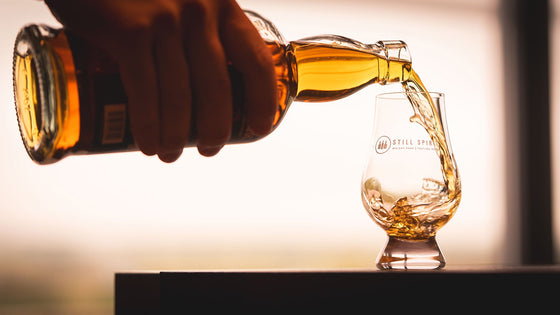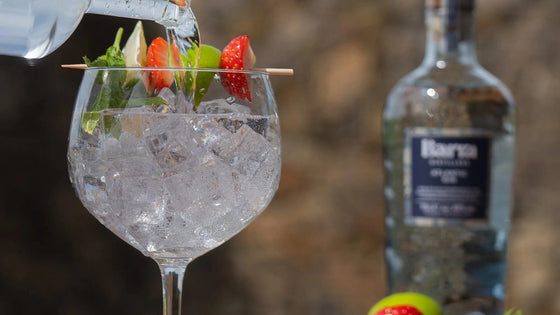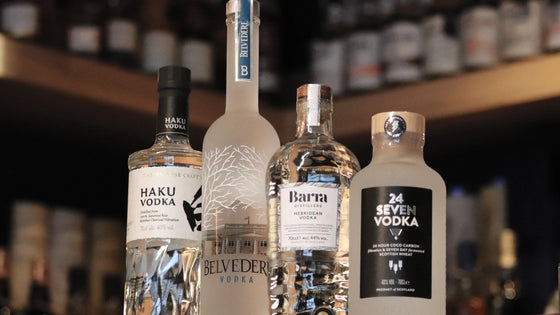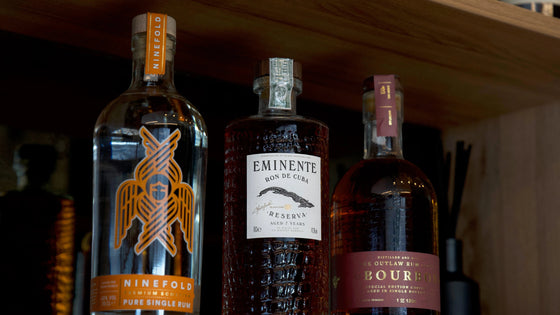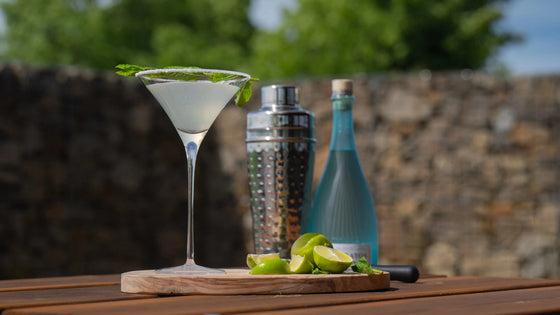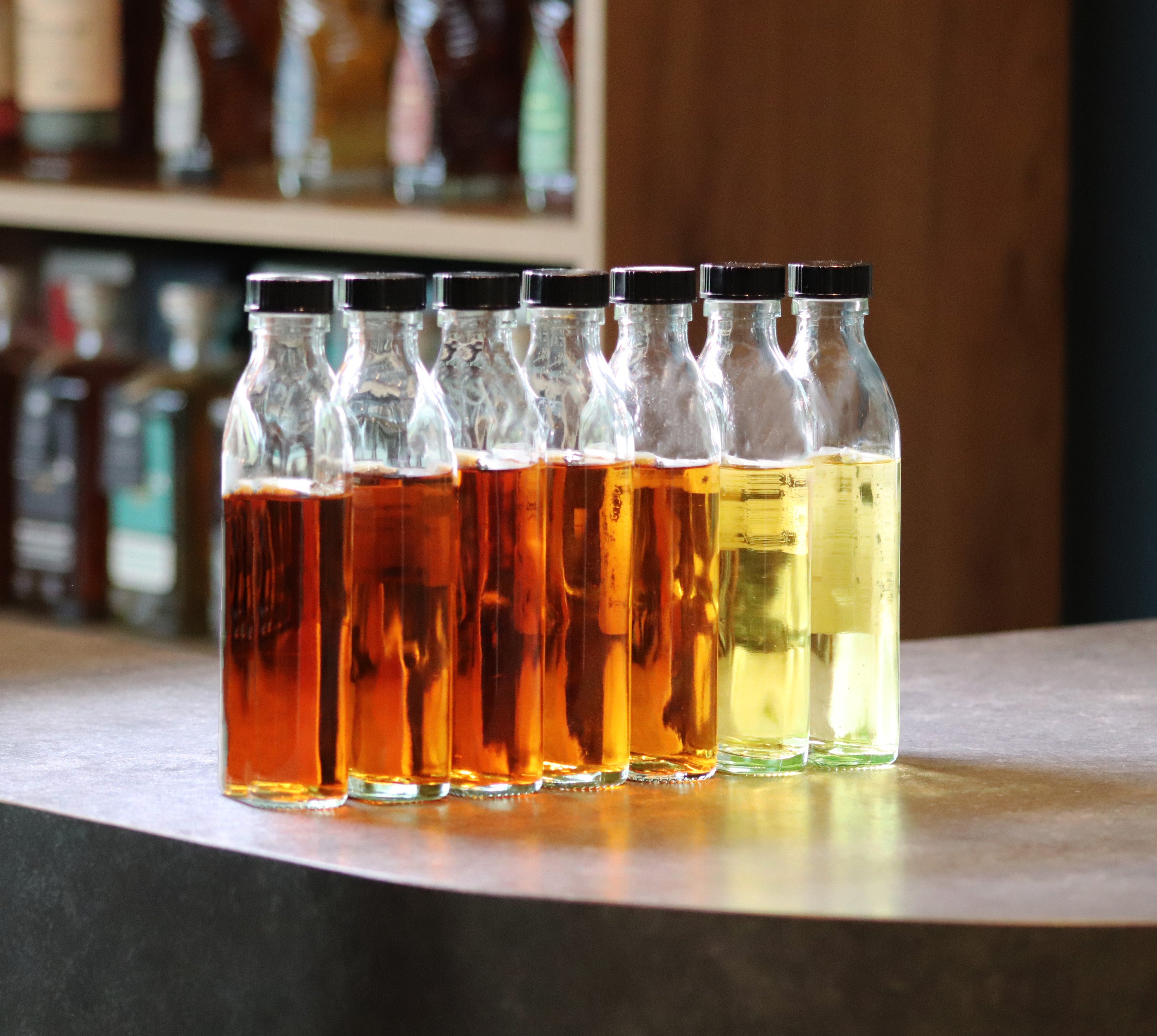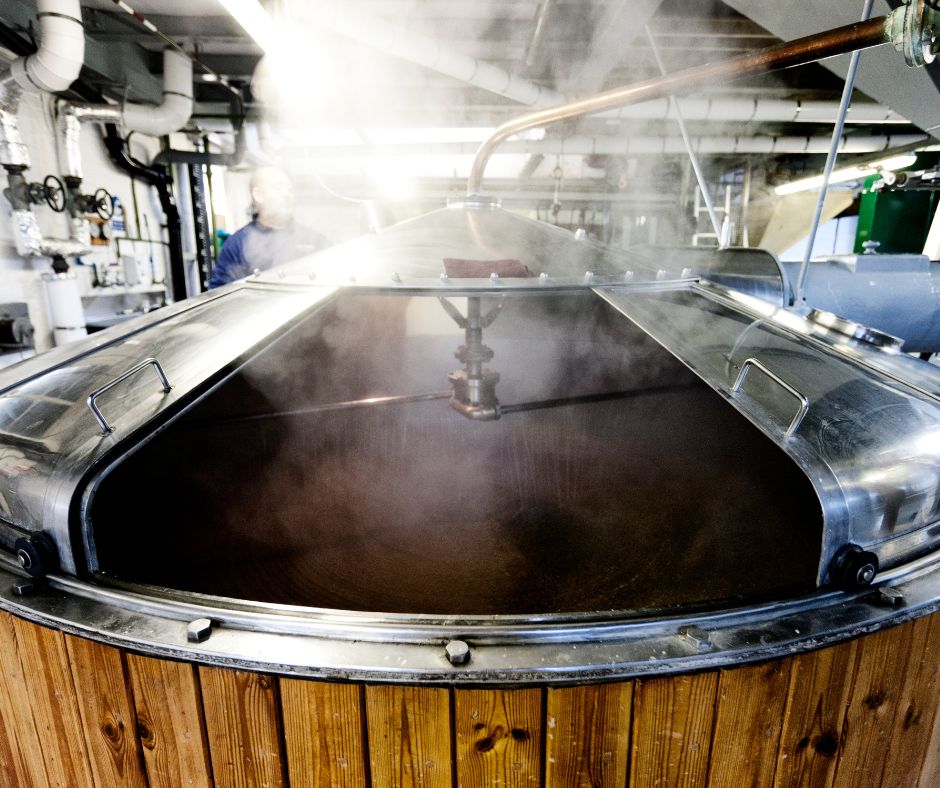The 5 Types of Scotch Whisky
Scotch whisky is synonymous with quality, tradition and craftsmanship.
However, the world of Scotch whisky can often be a tricky one to navigate. There seems to be a variety of different Scotch whiskies to choose from - single malts, grain, blends – where do you start?
To help you, we’ve put together a guide to the five types (or categories) of Scotch whisky. We’re here to help you learn about the nuances of each, decipher the differences, and perhaps de-bunk the misconceptions. Plus, we’ll recommend our top Scotch whiskies to try next. You’ll be a pro in no time.
But first…
What makes whisky Scotch?
All Scotch whisky is divided into five categories. These are:
- Single malt whisky
- Single grain whisky
- Blended whisky
- Blended malt whisky
- Blended grain whisky
No matter which category the whisky comes from, all are subject to strict regulations under UK law which is meticulously overseen by the trade body for Scotch whisky, the Scotch Whisky Association (SWA).
Scotch whisky must be matured in oak casks in Scotland for a minimum of three years and one day and be bottled at a minimum of 40% ABV.
Let’s dive in and discover the categories.
Single Malt Whisky
Probably the best-known of all of the Scotch whiskies, single malt whisky is made from 100% malted barley in copper stills and is the product of just one single distillery.
The production process involves mashing, fermenting, distilling in copper pot stills and aging in oak casks. Single malt whiskies are seen as a premium product, embodying the character of the distillery that they come from, and are strongly influenced by location, production techniques and water source.
There are currently around 140 distilleries across Scotland producing single malt whisky.
You’ll find a complex range of flavour profiles, with notes of malt, fruit, spice, oak and smoke.
Within the single malt category, you’ll also find a sub-category, single cask whisky.
Single cask whisky comes from one single cask at a distillery and is bottled at ‘cask strength’ – usually at around 49-65% - meaning that it is not diluted with water before bottling, like single malt whiskies are.
Our pick: Try Halcyon Spirits 30-Year-Old Macallan
A very special single cask whisky by Halcyon Spirits. This 30-Year-Old Macallan has been matured in a first-fill sherry hogshead cask. Bursting with notes of spice, clove, ginger and nutmeg, before a long-lingering finish of dried fruit and orange marmalade. For every bottle sold, the company has pledged to plant ten trees – so it’s eco-conscious too!
Single Grain Whisky
Single grain whisky is the product of one single distillery and is made from grains, such as wheat, corn, rye or barley. It’s produced in a similar way to malt whisky except that distillation is completed in a column still (continuous still) rather than in batches in a copper pot still like malt whisky.
It’s less common to find than single malt whisky but single grain whisky has a light, refreshing character profile.
Our pick: Try InchDairnie Ryelaw 2017
Made from malted rye and barley, this inaugural limited release single grain whisky from InchDairnie is the outcome of just one week’s production, with only 200 casks ever bottled. Packed with notes of spice, wood, berries, and cereal with a lingering sweet shortbread finish.
Blended Whisky
Blended whisky is made by combining single malt whisky with grain whisky.
Master blenders carefully select and blend single malt whiskies and grain whiskies with the aim of making a product that is greater than the sum of its parts, while achieving a consistent flavour profile.
Blended whisky accounts for nearly 90% of all Scotch whisky sold around the world.
Our pick: Try Chivas Regal 18-Year-Old
An indulgent Scotch whisky blend made from 20 single malts from around Scotland, this multi-award-winning blended whisky brims with notes of winter spice, orange and vanilla, before a warming finish of oak and cinnamon.
Blended Malt Whisky
Blended malt whisky (formerly known as ‘vatted malt’) is made by mixing two or more single malt whiskies. The chosen casks are blended together in a blending vat, then returned to a finishing cask, or their original casks, and left to ‘marry’ for anywhere from 2-18 months before bottling.
Blended malt whisky encompasses a wide variety of flavours and are often innovative expressions full of character and depth.
Our pick: Try MacNair’s 21-Year-Old (Lum Reek)
Inspired by the traditional Scottish toast to long life, ‘lang may yer lum reek’, this blended malt is made with whiskies from Islay and whiskies from Speyside, both peated and unpeated. It’s full of notes of dark chocolate and fudge with gentle peaty undertones, before a sweet spicy finish.
Blended Grain Whisky
Blended grain Scotch whisky is a blend of grain whiskies sourced from multiple distilleries. Similar to blended malt whisky, it offers varied flavour profiles and is known for its smooth and approachable character, with flavours ranging from sweet and creamy to spicy and oaky.
Blended grain whisky is the hardest to find of all the Scotch whiskies as there are not that many producers making it.
Whichever Scotch whisky you choose to enjoy next, join us in a toast to all things ‘Scotch’ -
slàinte mhath and ‘lang may yer lum reek!’
You may also want to discover how whisky is made in our article here









 The Best 18 Year Old Whiski...
The Best 18 Year Old Whiski...
 Whisky Storage Secrets You ...
Whisky Storage Secrets You ...
 You're Saying These Whisky ...
You're Saying These Whisky ...
